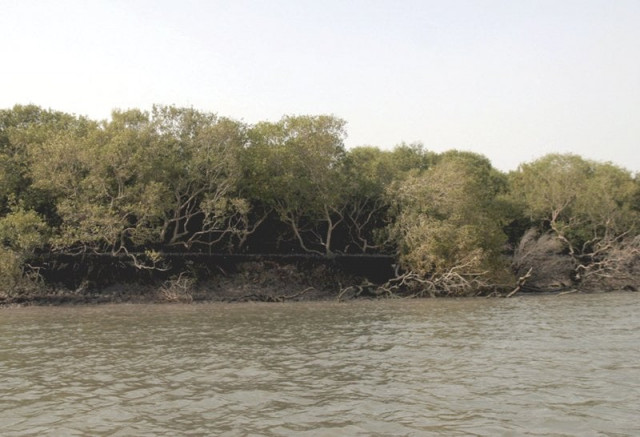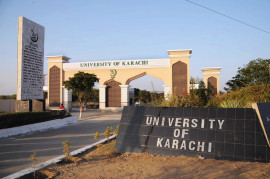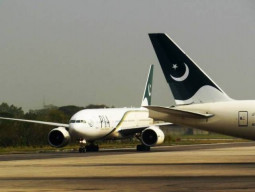
These forests, however, are under existential threat for a number of reasons, particularly along the city coastline. There is untreated municipal waste and industrial pollution causing still-undetermined amounts of damage, there is exploitation of the trees by the area’s communities for use as firewood, building material and fodder and, most alarmingly, there is the chopping down of the forests to make way for coastal development projects.
The Pakistani coastline stretches for around 990 kilometres, with the Exclusive Economic Zone - the sea zone in which the state has special rights over marine resources - covering an area of about 240,000 square kilometres. Meanwhile, the 220-kilometre Sindh coastal belt, characterised by a network of tidal creeks and numerous islands with mangrove vegetation, is divided between the Indus Delta system and the Karachi coast. The former is home to the largest arid climate mangroves in the world, while mangrove forestation also dots the latter.
A vast ecosystem
According to the Sindh Coastal Community Development Project, the extensive mangrove swamps of Sindh spread over approximately 100,000 hectares. The black mangrove, with aerial roots growing up out of the mud, is the most common species. The forests also house the red mangrove, Rhizophora mucronata, Ceriops tagal and Aegiceras corniculatum, as well as several species of marine seaweed that often grow as algal mats on the surface of the mud.
The mangrove swamps, creeks and mudflats serve as a breeding ground for a diverse variety of marine life along the Sindh coastline, such as mussels, oysters, shrimp and fish, which move offshore as they grow. Some species of migratory birds, too, use the swamps as wintering grounds.
It is not just animals and vegetation that are supported by the vast ecosystem formed by Sindh’s mangroves. The 100,000 people living along the northern edge of the Indus Delta use an estimated 18,000 tons of mangrove firewood each year, while the leaves and shoots are used as fodder for livestock.
The mangroves, beautiful as they are, offer more than just aesthetic value: they can greatly benefit both the city and the country if they are properly harnessed. Protecting them could enhance the financial dividends for the fishing industry. Research has also proved that they can act as a barrier against tidal flooding and coastal erosion, as their roots, embedded in the coastal land, provide shoreline stability.
Another important yet neglected element of the viable use of the mangroves is recreation. Countries with these natural assets often develop ways to utilise coastal mangrove forestation as sites for exciting recreational activities, which not only draw tourists and have tremendous financial value but also provide educational benefits.
Farhan Anwar is an urban planner and runs a non-profit organisation based in Karachi focusing on urban sustainability issues
Published in The Express Tribune, February 2rd, 2015.


















COMMENTS
Comments are moderated and generally will be posted if they are on-topic and not abusive.
For more information, please see our Comments FAQ